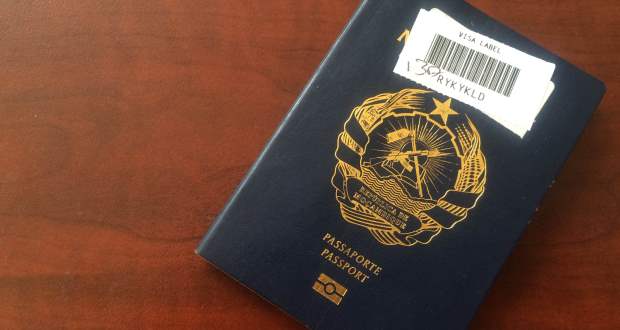“The problem is that [white] people do not understand black people’s natural hair and they don’t understand what it takes for a black girl’s hair to meet their standards,” 20-year-old Noncedo Zondi, told me when I recently polled people about their schools’ hair policies.
One young woman told me that her school had repeatedly referred to her hair as “exotic”. But what exactly made her hair exotic? Is it the fact that her previously white-only school did not recognise her hair as acceptable? Was the fact that her hair grows out and not down a fault to be corrected?
I perused the codes of conduct of 30 South African schools to see what the general expectation was for learners’ hair. Some included regulations like:
“No unusual, attention-attracting, exotic or fashion hairstyles (e.g. spikes, dreadlocks) or shaving of the head is permissible.”
“Outlandish cult hairstyles are not permitted.”
“Exotic hairstyles are not permitted. Some traditional variations may be permitted at the discretion of the Principal.”
This repeated use of the word “exotic” bothers me. According to the Merriam Webster online dictionary “exotic” means “very different, strange, or unusual / not living or growing naturally in a particular area: from another part of the world.” The Oxford Dictionary defines “exotic” as “originating in or characteristic of a distant foreign country”
Clearly, for many schools black children’s hair is associated with peculiarity and alienation, as if this is a Scandinavian country with a black population of 1%; and not South Africa with its 80% majority. I am shocked that in 2014 there are schools that refer to natural hair using the word “exotic”. (And by natural hair I mean black people’s hair, because as far as I am aware we are the only race that needs to describe our unprocessed hair in this way.)
Whatever the rationale, it is racism in the disguise of school rules concerning neatness.
It has been ages since the last time I used chemical relaxer on my hair but I still remember how painful it was. The relaxing of my hair would happen around the time schools would be reopening; sometimes it was for a class photo or a similarly important day.
The relaxer was to make my hair neat for school; I had to look presentable even if that meant risking chemical burns to the scalp.
My grandmother, who was not a fan of burning children’s scalps in the name of neatness, opted for a simpler and faster method – she would just shave off all my hair. My mother would be upset every time I returned home from Nkoko’s [my Setswana Granny’s] house with a shaven head. But I would choose a shaven head over relaxed hair any day.
Sadly, little girls are still made to conform to this idea of neatness today. Recently, a woman told me how her daughter’s daycare teacher had asked her to make sure the little girl’s hair was “neater” – code for relaxed. This came after the five-year-old had developed a rash on her scalp and gone to school with her hair unplaited, in an afro.
The continued disregard for black hair in schools is racist. Twenty years after democracy, some schools have become more racially diverse but the rules have not changed; teachers and schools are not willing to accommodate black people and their hair in its most natural state. That is the real problem.

![Noncedo [resized]](https://www.thedailyvox.co.za/wp-content/uploads/2014/08/Noncedo-resized.jpg)







